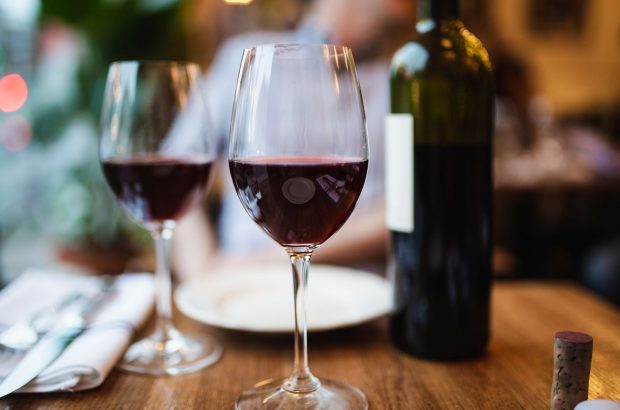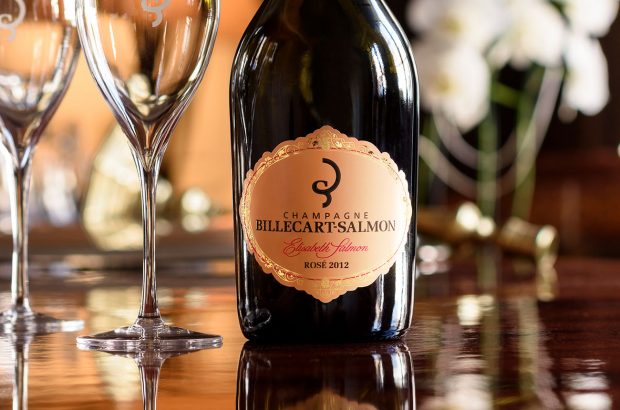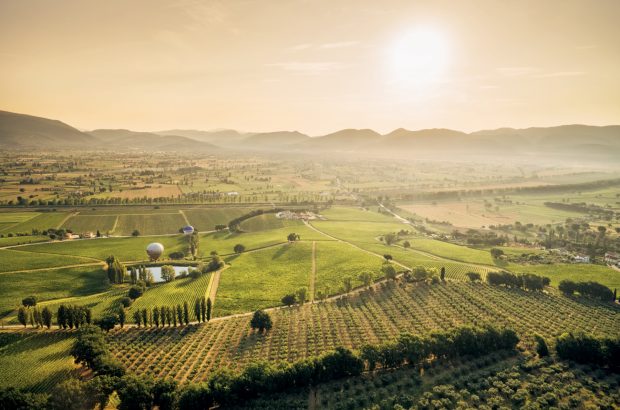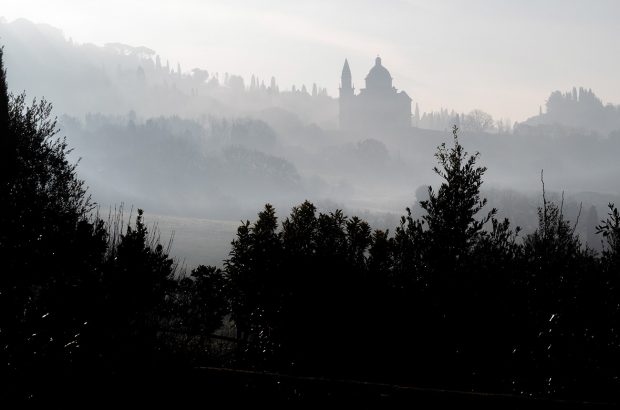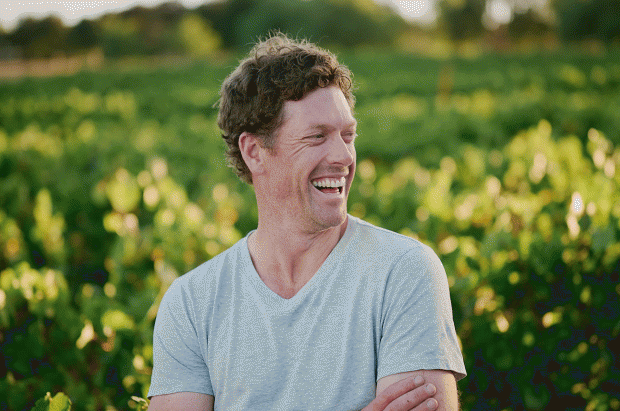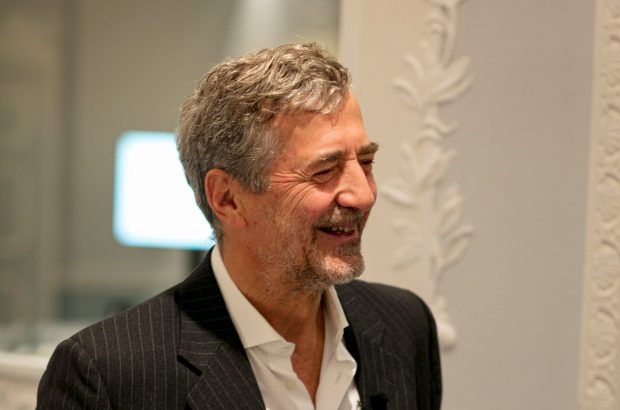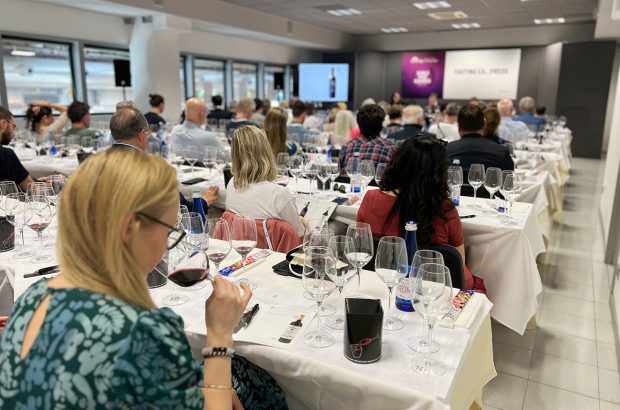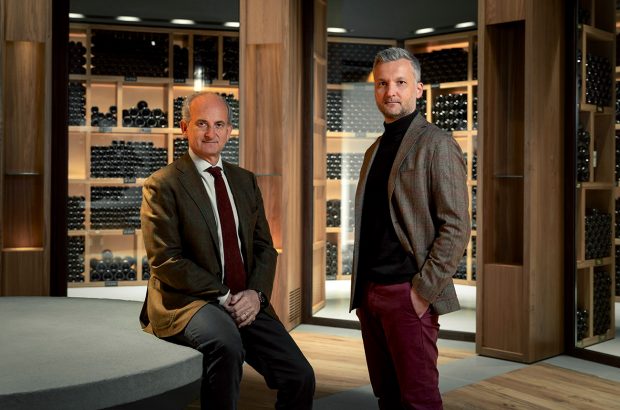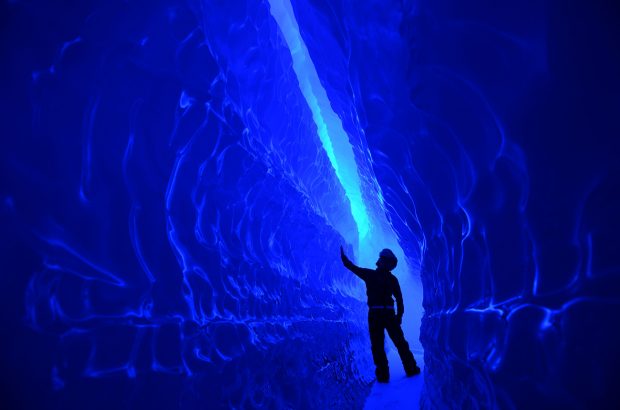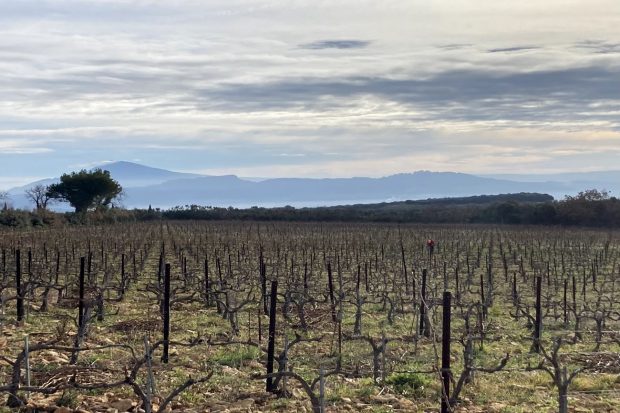Clive Coates MW is the master of Burgundy. We look back at his domaine profiles from his most recent books, along with tasting notes from iconic vintages from Domaine Armand Rousseau.
Scroll down to see Clive Coates MW’s Domaine Armand Rousseau wine ratings in this article
All from Clive’s recent books and now available online for Decanter Premium members
Domaine Armand Rousseau: Profile
When it comes to Chambertin and Chambertin Clos de Bèze, Burgundy is a minefield. Large portions of both vineyards are owned by under-achievers. Though several of these, notably Damoy, Drouhin-Laroze, Jean & Jean-Louis Trapet,and their cousins Rossignol-Trapet have showed welcome signs of progress in the last decade or so, the wines of many of the rest of the growers in the village need to be approached with caution. You are better off with the holdings of outsiders such as Drouhin, Bouchard Père & Fils and Louis Jadot, all based in Beaune, Faiveley in Nuits-Saint-Georges and Bruno Clair in Marsannay, or Leroy in Vosne-Romanée, than those of Gevrey-based growers such as Camus, Rebourseau and Tortochot.
There is, of course, one major exception. This is Armand Rousseau. Rousseau is one of the small number of Burgundy estates to which I would unhesitatingly award three stars. Indeed as far as Chambertin and Clos de Bèze are concerned you could even argue that there is Rousseau, and then there are the rest.
There are few finer domaines in the Côte D’Or than that of Armand Rousseau. With land in Le Chambertin itself, Chambertin Clos de Bèze, Mazis, Charmes, Clos Saint Jacques, Cazetiers and Lavaux-Saint-Jacques, all in Gevrey, as well as in Clos de la Roche in Morey-Saint-Denis, this 14 hectare estate can boast some of the finest sites in the northern part of the Côte. The vines are old, the rendement low, and the wine-making perfectionistic – and the wines themselves are stunning.
Profile continues below wines.
Top wines to drink and buy:
-
My Favorite Burgundies, Clive Coates – Available at Amazon UK
-
My Favorite Burgundies, Clive Coates – Available at Amazon USA
Charles Rousseau himself – he was born in 1923 and took over on his father’s death in a car accident in 1959 – is one of nature’s gentlemen. Small, ebullient and shrewd, he is generous with his time and his willingness to impart information. He has the refreshing ability to be dispassionate about the quality of both his own and his neighbours’ wines. He will admit that there were problems with rot in 1983, and that as a result of a strange bacteria or enzyme in his cellar his 1978s and 1979s are not up to scratch. This openness, this honesty, though now on the increase, especially among the younger generation, is rarer than one might think. A grower’s wines are as precious and as personal as his own children. Criticise them and you wound the proprietor himself. I remember a day I received a rather aggrieved letter from an important French personnage. I had written that I had found his 1988s disappointing. He thought that it was presumptuous of me to have said so. But someone, I could have replied, must tell the emperor that he has no clothes on.
Armand Rousseau, Charles’ father, was a wine broker before the first world war. He lived in Gevrey and was a middle man between his neighbour, the local growers, and the wine-merchants in Nuits-Saint-Georges and Beaune. As such he must have known the area and its wines as well as anybody. He would have been aware in advance that a parcel of vines would be coming on the market. He would have seen land going to waste as the old original pre-phylloxera vignes françaises were not replaced. He saw the opportunity to build up a domaine of his own and he gradually began to buy.
At first, like his neighbours, he sold his wine in bulk, shortly after the vintage, to the local négoce. It was the great Raymond Baudoin, editor of the French magazine Revue des Vins de France, and consultant to a clutch of the finest French restaurants of the time – to Point in Vienne, Pic in Valence, Darroze in Mont-Saint-Marsan and Taillevent in Paris, among others – who persuaded Rousseau to set aside some of his best cuvées for domaine bottling and direct sale. During the 1930s the local merchants were over-stocked, sales of wine to them were moribund, and prices were very depressed. Baudoin’s pioneering work, to sortir les vignerons dans le monde, as he put it, was invaluable. Through the restaurants Rousseau was able to build up a private clientele. Through Baudoin he was introduced to Frank Schoonmaker and began to export. And all this gave him the means further to expand his holdings in Gevrey.
Yet progress was slow. When his son Charles took over in 1959 the size of the domaine was only six and a half hectares. It has since more than doubled. In 1961 Charles acquired land in Clos de Bèze (this has recently been enlarged by the purchase of a half hectare of vines from the Nousbaum family). In 1965 and again in 1975 he bought his Clos de la Roche; in 1968 more Chambertin to add to his father’s holding; in 1978 the Clos des Ruchottes when the Thomas-Bassot estate was wound up. (The rest of the Ruchottes was shared between Dr. Georges Mugneret of Vosne-Romanée, and a businessman from the north of France who entrusted his share to the Georges Roumier domaine of Chambolle-Musigny) and in 1983 yet more Chambertin from Jaboulet-Vercherre. More recently his son Eric, who has been responsible for the wines for the last 15 ydears, has acquired yet more Chambertin and Chambertin, Clos de Bèze. The Clos Saint Jacques had been acquired in 1954 from the Comte de Moucheron, then owner of the Château de Meursault. You have to be patient, says Charles. Not everything that comes up is entirely suitable; and today prices are high.
Today there are 2.56 hectares of Chambertin, 1.42 ha of Clos de Bèze, 1.06 of Clos des Ruchottes, 0.53 of Mazis (or Mazy as the Rousseaus call this), 1.37 ha of Charmes and Mazoyères, 2.22 of Clos Saint Jacques, 1.48 ha of Clos de la Roche, 60 ares of Cazetières, 47 a of Lavaux-Saint-Jacques and 2.21 ha of Village Gevrey.
Charles is now well over 80, and though he shows absolutely no signs of retiring – you’ll find him most days in his poky little office, quite happy to be interrupted for a chat – he has long ceded the reins to his son Eric, born in 1957.
There was a period in the past, towards the end of Charles’ stewardship, when I was not alone in feeling that less attention was being paid to the ‘lesser’ (that is all except the top three) wines in the portfolio. The Charmes and the Lavaux-Saint-Jacques in particular being regularly outclassed by their peers. Eric has taken this under his belt, and this can no longer be held as a just criticism.
Careful wine-making, short pruning, a rigorous selection, and, of course, old vines in the best sites. It all sounds so simple, but so few manage it!
It all starts in the vineyard. The average age of the vines is deliberately kept high: 60 years in Le Chambertin; 45 in Clos de Bèze. Every year Eric Rousseau rips out about a sixth of a hectare across his domaine – a few vines here, a few vines there – to maintain this important average.
The object, of course, is to keep the harvest low and the concentration of the vines high. In the Clos Saint Jacques, for instance, the average rendement during the 1990s was under 30 hectolitres per hectare. Even in the prolific 1996 vintage it was only 35.
As a result of the domaine never has to practice a saignée. It is more important, they will tell you, to reduce the crop in the vineyard by having old vines in the first place and then by pruning hard. And finally by a severe triage of the fruit. “You should have seen my vineyards in 1986”, Charles once told me. “The ground was carpeted with rotten berries which had been eliminated at the time of the harvest. It was necessary to examine every single bunch. As a result I had to employ 50 harvesters for 12 days to pick the 1986s. The 1985 was collected by half the number in half the time”.
Vinification takes place in open stainless steel vats. Some time in the past the domaine used about 15 percent of the stems, not so much for the extra tannins the stems will add to the must, but for physical reasons, to give aeration to the mixture of juice, skins and pulp. To vinify all the stems would be a grave mistake, in Rousseau’s view. You would get too much tannin, and tannins of the wrong, hard and unripe sort, as well as an excess of bitter acidity. So for many years the fruit was totally destemmed. Nevertheless in 2009 Eric carried out some experiments using all the tems, and was not displeased with the results.
Maceration takes place for about a fortnight, the temperature being controlled at a maximum of 31˚,
with pigeage and remontage (treading down and breaking up of the pulp, and pumping over) twice a day. The wine is then decanted into a fresh vat or straight into cask to await the malo-lactic fermentation. There is up to 100 percent new oak from the Allier in the best vintages for the Chambertin, the Clos de Bèze and the Clos Saint Jacques (which, like others who have holdings here, Rousseau considers better than his other grands crus), and up to 60 percent for the rest of the top wines. The domaine likes to have the malos completed by early spring, so they can then rack the wine (there used to be second racking in September but Eric dispensed with this a decade or more ago) and move it to a lower, deeper cellar, where it will lie at a temperature of 15˚C during the second winter. Bottling normally takes place between 18 months and two years after the harvest; the lesser wines in March to May, the top wines sometimes as late as September.
What exhilarates me about Rousseau’s wines is their concentration and their class. The concentration, naturally, is readily apparent in rich, structured vintages such as 1999, 2002, 2005 and 2009. The class is not only obvious in these vintages, but in lighter years such as 2000 and 2007. Not being dominated by excessive quantities of unripe tannins, as perhaps you might find in a claret in a less ripe vintage, now that they have softened up wines from these years are really surprisingly good. (Only in 1997, and to a lesser extent in 1998 did I feel Rousseau’s wines missed out a bit). These are the proof of the thesis I have put forward in previous discussions of Burgundy and the Pinot Noir. Go for old vines and expert wine-making in the poorer vintages. You will get much more interesting wine than by buying lesser, village examples in a so-called great vintage.



